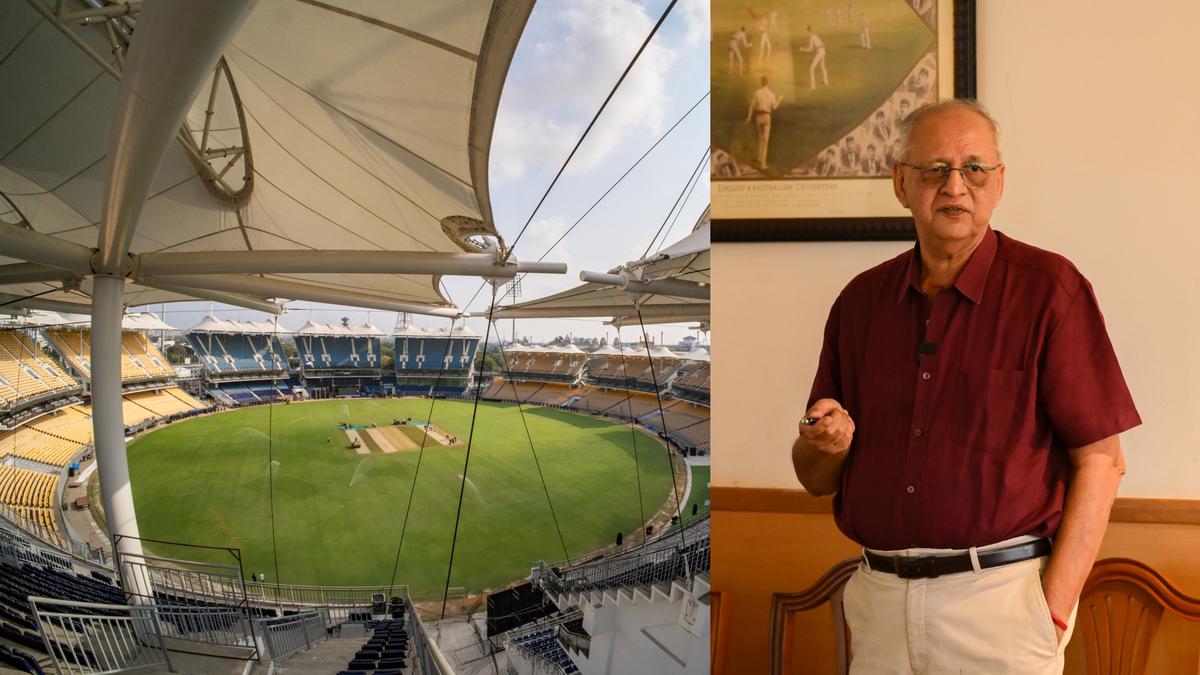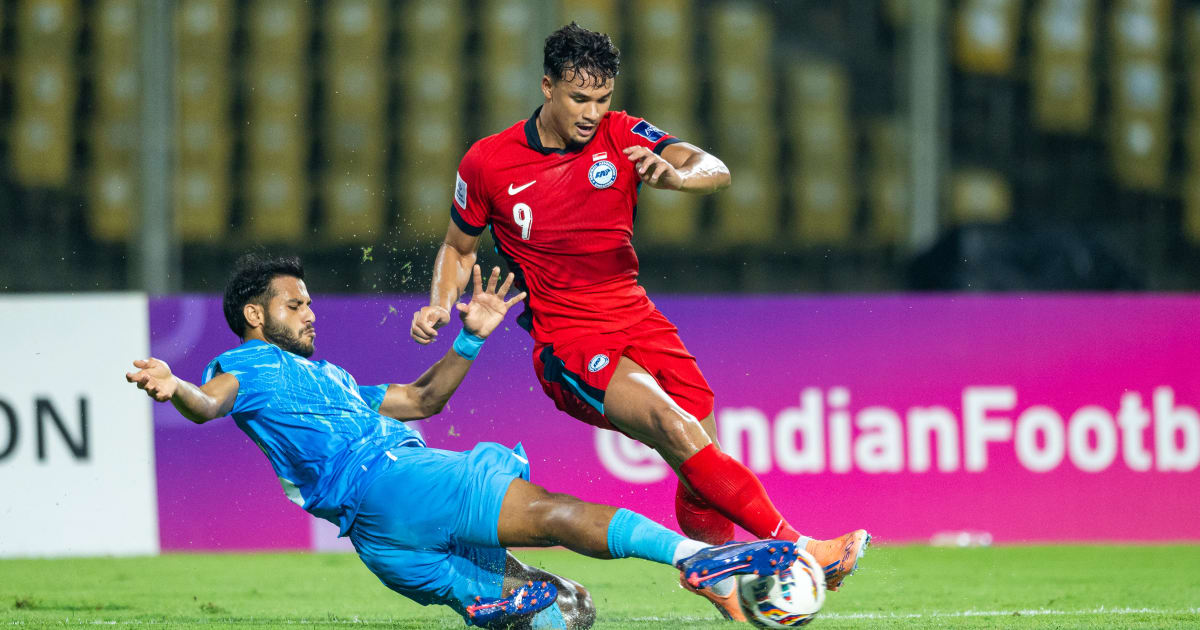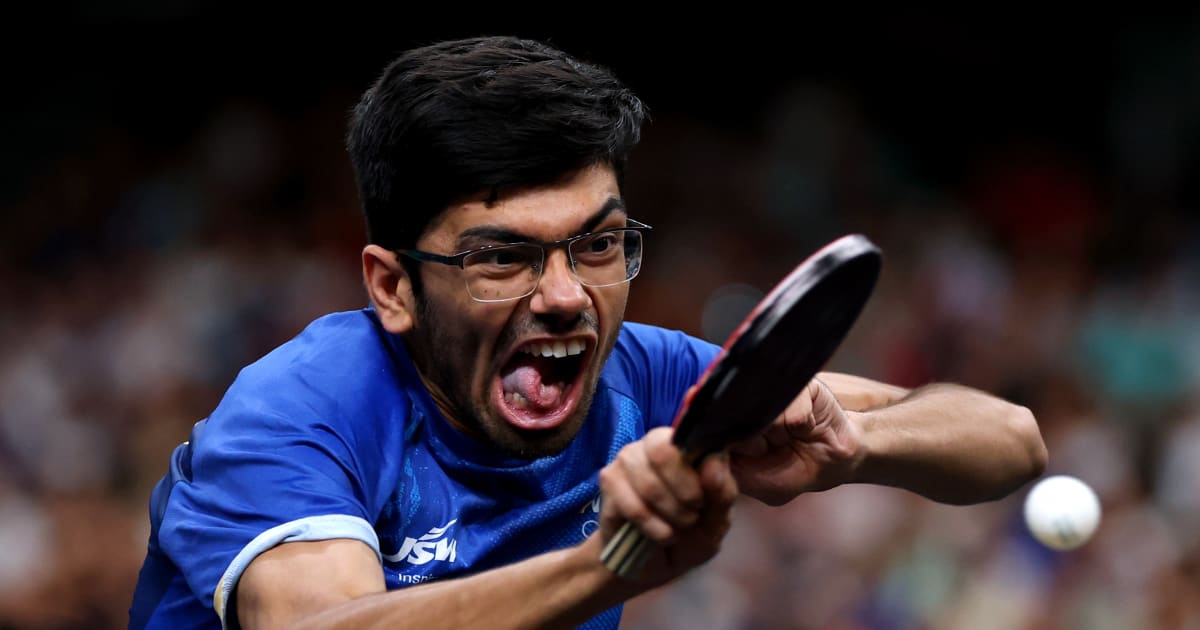Inside Chepauk: Meet the architect who redesigned Chennai’s iconic cricket ground

MS Dhoni slumped into his seat, exhausted.He would perhaps hear the faint cries of ‘Thala’ - around 45,000 of them - combined with the energetic beats from the DJ console, something that amplifies every time the door of the home team dressing room opens.Chennai has pinned hopes on Dhoni aka Number 7 since 2008, when he was picked for the Chennai Super Kings, a partnership that would soon become an obsession for the city’s cricket fanatics.Dhoni’s high points of happiness and disappointments have arrived in this little corner inside the imposing MA Chidambaram stadium in Chennai.The cricketer is not here now - he probably is plucking strawberries in his Ranchi farm or operating a drone for Garuda Aerospace - but one of his diehard fans, architect Sanjeevi Krishnakumar, is.“Goosebumps no?,” he says, eyes wide in excitement. Sanjeevi slides onto the No 7 chair inside the CSK dressing room with trepidation, almost like he needs permission. “Visiting the Chepauk stadium has been on my bucket list for a long time and to experience this place, where all the players actually hang out, gives me the chills,” says this 23-year-old architect, his eyes wandering through the workspaces of other CSK legends like Ravindra Jadeja and Ravichandran Ashwin.Sanjeevi – along with 50-plus architects – is making his way from the home team dressing room to the hallowed stands at the MA Chidambaram Stadium. The ground comes alive during matchdays, filled with yellow during the IPL and blue during Team India matches, but on a random Friday evening, there are just a few staff setting the grass right and serving people inside the historic Madras Cricket Club.Guiding them on a tour, organised by the Indian Institute of Architects (Chennai Centre), is a man quite familiar with every nook and corner of this hallowed sporting premises. Venkat Aiyadurai of Nataraj and Venkat Architects, who has worked with the Tamil Nadu Cricket Association on many renovations including the Madras Cricket Club and the Anna Pavilion in the past, was approached in 2007 with a seemingly-impossible request: can you design a new stadium?“It got me really worried,” recalls Venkat, “I had no clue how to go about things.”Seeking guidance, an anxious Venkat and team reached out to Britain’s leading architects Sir Michael Hopkins, who had worked on the famous Mount Stand inside the iconic Lord’s Cricket Stadium. After some back and forth, they got an idea on how to take things forward, in order to fulfil the needs of the modern game: more spectators in greater comfort and ease of movement around the ground, among other things. “I’m an avid cricket fan and have been watching the game for many years. In the olden days, when we largely had temporary stands and roofs, at 3pm, after tea, the ball would start swinging... primarily due to sea breeze. It was a pacers’ delight to start bowling after tea during Test matches. I wanted to bring that aspect back with the new ground we were designing.”Bringing back the breeze – and hence, more assistance to swing bowling – was one of the vital aspects while designing the new stadium. This also meant better ventilation for spectators. Any cricket match in Chennai can be hot and humid, but the gaps between the 12 stands in the new design ensures that the experience is a little more bearable.Also vital was providing the ideal viewing experience for the spectators, who usually have to brave traffic, crowds and humidity to get to their seats during match days. “In the olden days, it was difficult for someone sitting at a high angle to see the boundary below,” recalls Venkat. Applying the architectural concept of C-value, which refers to the vertical distance between a spectator’s eye and the line of the sight that passes above the head of the person in the row in front, Venkat, along with multiple inputs from the team at Hopkins Architects, worked on the design. “This aspect affected sighting of the cricket matches. We worked hard on getting it right.”Chennai’s newly-designed stadium, operational since 2007 and witness to several pulsating sporting clashes, has been the subject of discussion among many celebrities from the cricketing fraternity. One of them is former Indian cricketer and respected umpire, S Venkatraghavan. “He recently told me, ‘I’ve gone to grounds all over the word, but Chepauk is the only place where, irrespective of where you sit, you can see the boundary below.’ That was the greatest compliment I’ve got.”What about modern cricketing greats? “Dravid (Rahul Dravid) had very nice things to tell about the ground. Dhoni, I’ve been told by the CSK personnel, loves it here.”Over the years, Chennai’s MA Chidambaram stadium has hosted many memorable Test matches, including the once-popular Test matches and the historic 1986 Tied Test between India and Australia. Cricket nerds will also remember the venue hosting several high-scoring encounters and comebacks in the ODI format. But since the advent of IPL 2007, the T-20 format of thriller late evening games have caught the attention of many, thus also sparking off the need for AC hospitality boxes, which were all factored in during the new design.Currently being renovated by the TNCA ground staff with a new green cover, Chepauk will soon get ready to host matches of the T20 World Cup and IPL 2026. The whistles will be back. And yes, Dhoni will be hopefully back, wearing the yellow jersey.











